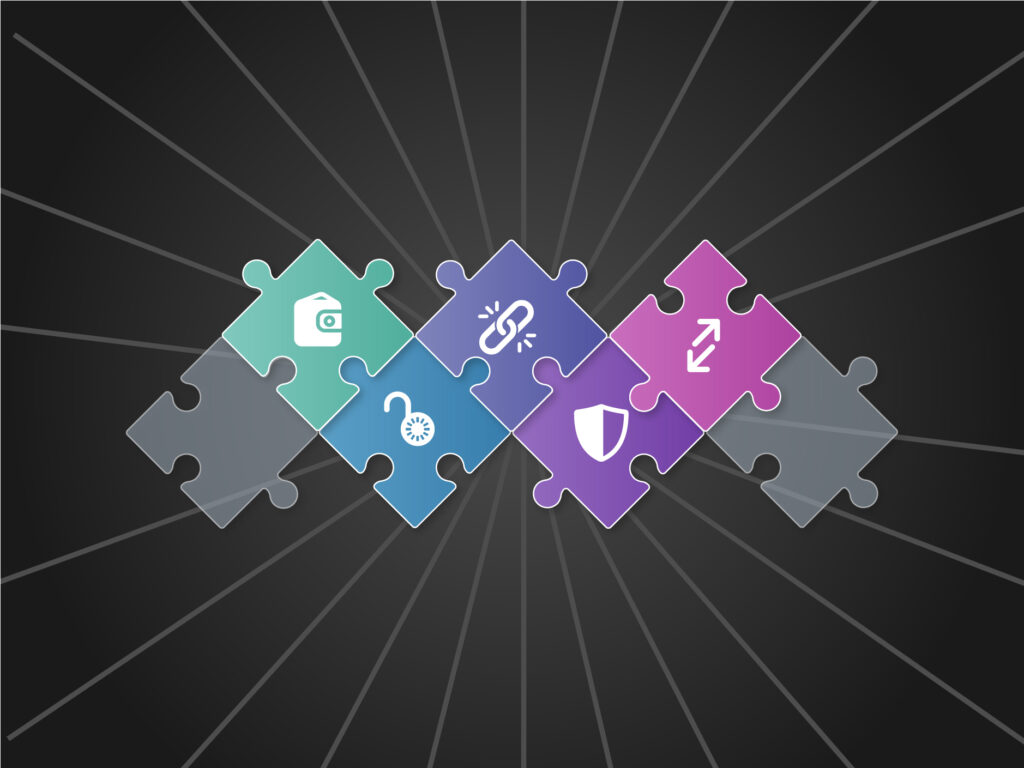The role of a Chief Information Officer (CIO) is not for the faint of heart. In charge of an organization’s entire technology infrastructure and strategies, CIOs often face challenges that make their job an uphill battle. In this article, we will explore five common issues they face and provide solutions to help them succeed.
The Stubborn Persistence of Legacy Systems
It’s a perennial thorn in the side of CIOs – legacy systems that won’t fade away. These outdated relics are costly to maintain, vulnerable to security breaches, and a hindrance to an organization’s adaptability.
How to fix it: The first step is conducting a thorough system assessment. Identify which legacy systems can be retired, which need replacing, and which require updating. Invest in well-planned modernization efforts that migrate crucial processes and data to more contemporary platforms. With careful planning, this transition can lead to increased efficiency and reduced operational costs.
The Never-Ending Battle for Sufficient Budgets
The perennial budget tug-of-war is a constant source of frustration for CIOs. Limited financial resources can stifle innovation and leave the organization lagging behind competitors.
How to fix it: They must become adept at making a compelling business case for IT investments. They should demonstrate how these investments will not only generate value but drive revenue as well. Emphasize cost-saving technologies like cloud computing, which can reduce infrastructure costs and free up funds for strategic initiatives. Collaboration with other business leaders to align IT investments with organizational goals is crucial.
The Ongoing Nightmare of Cybersecurity Threats
Cybersecurity threats are a constant, ever-evolving menace. CIOs must continually defend against data breaches, ransomware attacks, and other malicious activities. A single breach can have catastrophic consequences.
How to fix it: A comprehensive cybersecurity strategy is essential, including firewalls, intrusion detection systems, regular vulnerability assessments, and ongoing employee training. It’s imperative to stay informed about emerging threats.
The Shackles of Vendor Lock-In
Vendor lock-in can be a stifling predicament. CIOs often feel trapped, unable to adapt to changing business needs or adopt new technologies, which can limit flexibility and increase costs.
How to fix it: The key is prioritizing open standards and interoperability when evaluating technology vendors. Opt for solutions that allow easy integration with other tools and services, thereby reducing the risk of lock-in. Additionally, negotiate vendor contracts with well-defined exit strategies to minimize dependency.
Navigating the Waters of Resistance to Change
Change resistance is often deeply ingrained within an organization. CIOs may encounter pushback from employees and even pier executives when introducing new technologies or processes.
How to fix it: A change management strategy is critical. Engage all stakeholders and communicate the benefits of change clearly while addressing concerns. Implement pilot programs to showcase the positive impact of proposed changes. Foster a culture of adaptability and continuous learning within the organization to encourage a smoother transition.
Takeaway
The role of a CIO is one of immense responsibility and constant challenges. But by taking a proactive stance on these common pain points, CIOs can turn them into opportunities for growth, innovation, and increased security within their organizations. Modernizing IT, budgeting strategically, prioritizing cybersecurity, being flexible with vendors, and managing change effectively can empower CIOs to lead their organizations toward a prosperous future.






